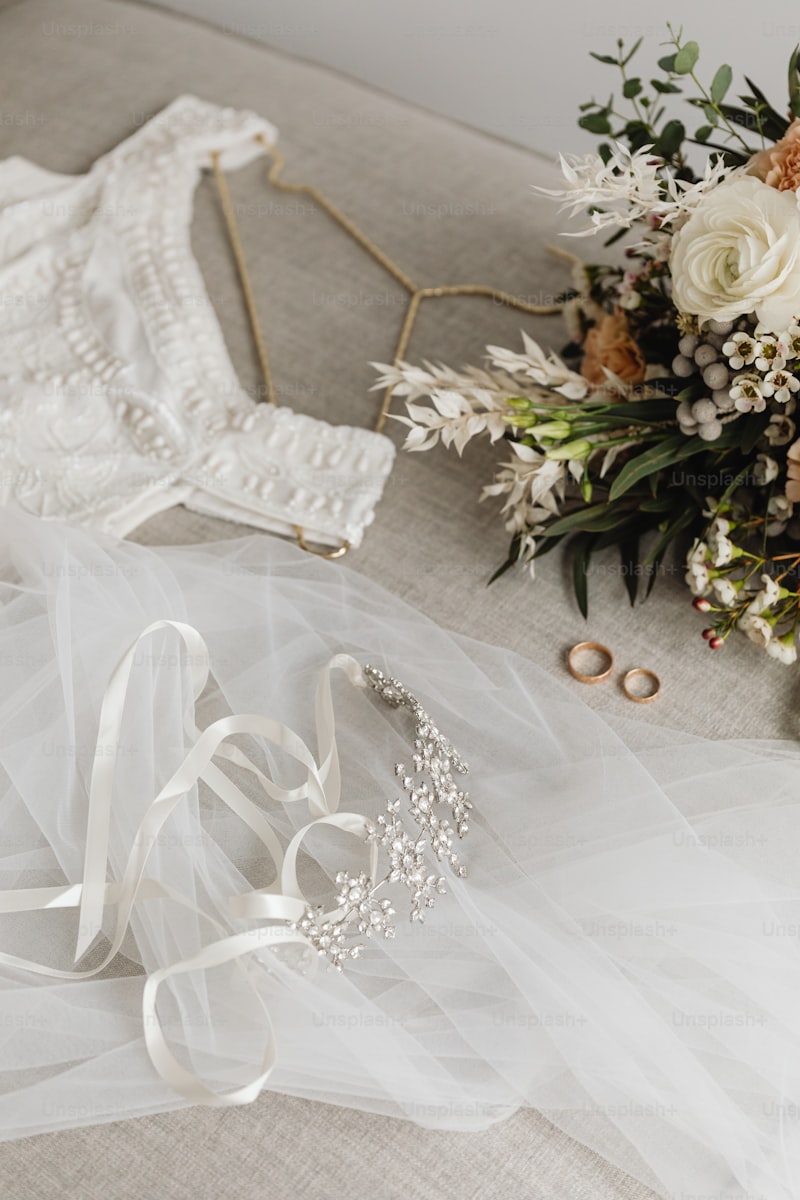Ultimate Guide to Preparing for Reception Dress Alterations
Introduction
Preparing for your big day is an exhilarating experience, and your reception dress plays a crucial role in that. However, ensuring that your reception dress fits perfectly involves more than just purchasing it; it often requires alterations. This guide will help you navigate the process of preparing for reception dress alterations to achieve the ideal fit and look on your special day.
Understanding Dress Alterations
Dress alterations can include adjusting the length, taking in or letting out the sides, and modifying the bust area. The first step in alterations is understanding what needs to be adjusted to enhance your reception dress. Various factors can influence the time and cost associated with these changes, so let’s dive into the essential aspects of preparing for reception dress alterations.
1. Know Your Timeline
One critical aspect of preparing for dress alterations is understanding your timeline. Generally, it is advisable to schedule your first fitting about two to three months before the wedding. This timeline allows ample time for multiple fittings, which are often necessary for a perfect fit.
2. Choosing the Right Tailor
Selecting a skilled tailor is crucial. Look for someone who specializes in bridal garments and has experience with reception dresses. Don't hesitate to ask for their portfolio or read reviews to ensure you're making the right choice.
3. Preparing for the First Fitting
Before your first fitting, here are some preparations to keep in mind:
- Bring the Right Undergarments: Ensure you wear the undergarments you plan to wear on your wedding day. This includes your bra and shapewear, as they can significantly affect the fit of your dress.
- Decide on Your Shoes: Wear shoes that are similar in height to what you will be wearing on your big day. This is crucial for determining the length of your dress.
- Bring Accessories: If you have any accessories such as a belt, veil, or jewelry, bring them along so you can see how they complement your overall look.
4. Taking Measurements
During your first fitting, your tailor will take various measurements to understand how to adjust the dress correctly. The following are common measurements that will be taken:
| Measurement | Description |
| Bust | Measured around the fullest part of your bust. |
| Waist | Measured around your natural waistline. |
| Hip | Measured around the fullest part of your hips. |
| Length | Measured from the shoulder to the desired dress length. |
5. Communication is Key
Communicate openly with your tailor about any concerns you have. If you feel more comfortable with certain adjustments, let them know! They have the expertise, but your insights will help them deliver a garment that reflects your style.
Common Alterations for Reception Dresses
Understanding the typical alterations for reception dresses helps in setting expectations. Here are a few common changes that brides often request:
- Hem Adjustments: Whether your dress is too long or too short, hem adjustments can have a significant impact on your overall silhouette.
- Letting Out or Taking In: Adjusting the size of the dress can make all the difference in comfort and appearance.
- Strap Adjustments: If your dress slips off your shoulders, having the straps adjusted can help keep the dress secure.
- Adding Bustle: A bustle allows you to gather the train of the dress for easier movement during your reception, making it easier to dance and enjoy the festivities.
6. Budgeting for Alterations
Dress alterations can vary widely in cost depending on the complexity of the adjustments required. On average, you can expect to pay anywhere from $100 to $500 for alterations. It's crucial to discuss costs upfront with your tailor to avoid surprises.
7. Scheduling Follow-Up Fittings
Don’t forget about the follow-up fittings! After your initial alterations, it’s common to have at least one or two more fittings to ensure the dress fits perfectly. Schedule these appointments as soon as possible to ensure you don't run out of time.
Final Fitting Day: What to Expect
Your final fitting is where everything comes together. Ensure you wear the same undergarments and shoes that you plan to wear on your wedding day. During this fitting, your tailor will make any last-minute adjustments. Don't hesitate to ask for slight tweaks to guarantee you feel comfortable and confident.
8. Checking for Damage
Before taking your dress home after the final fitting, check for any damages or last-minute imperfections in the fabric or stitching. It’s always a good idea to inspect the dress thoroughly to ensure everything meets your expectations.
Tips for Maintaining Your Reception Dress
Here are some helpful tips on maintaining your reception dress once you have made the necessary alterations:
- Store Properly: Use a garment bag and keep your dress in a cool, dry place away from direct sunlight to prevent fading and damage.
- Avoid Heavy Jewelry: When trying on your dress again, avoid heavy jewelry that might snag the delicate fabric.
9. Consider Professional Cleaning
After your wedding day, consider getting your dress professionally cleaned before storing it. This process helps remove any stains and preserves the dress for potential future use or keepsake purposes.
Conclusion
Preparing for reception dress alterations is a crucial aspect of ensuring you look and feel your best on your wedding day. By following the guidelines in this detailed preparation guide, from understanding dress alterations to maintaining your dress after the big day, you will be well-equipped for a smooth experience. Always remember that communication with your tailor is vital, and don’t hesitate to share your vision for your reception dress. Here’s to looking stunning and enjoying every moment of your special day!
